AI Design Tools
Expert Picks: The Leading AI Image Generators in 2025
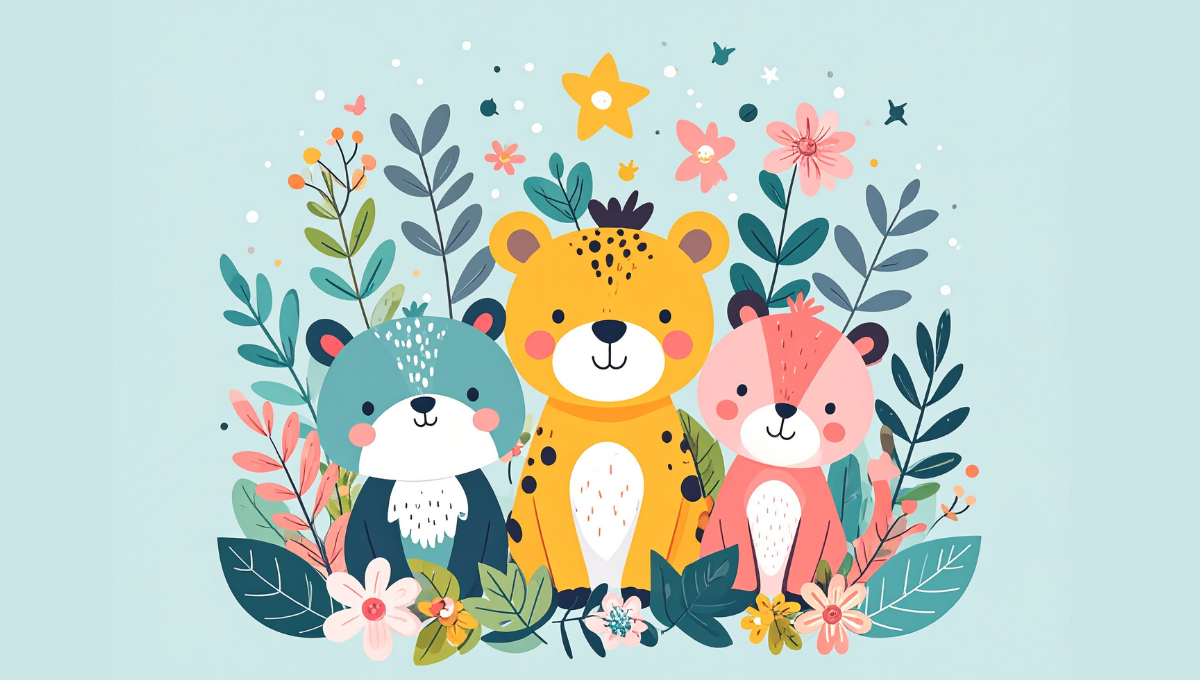
The world we inhabit is no longer just a visual one; it has become digital. Increasingly, the things we see are being seen through the lenses of artificial intelligence. This situation might be the one thing that could be said to be virtually inevitable, given the rapid growth of AI image generators and their incorporation into every aspect of visual creation. By 2025, the future of AI in the hands of creatives will be anything but a still life.
AI image generators are progressing at an extraordinary pace, spotlighting new trends that steer their evolution and usage. The leaders in this sector are busy creating the right balance between artistic rendering and prompt adherence, aiming for a harmony of precision and creative expression. As we users demand even more customization and control, AI developers are busy cooking up unprecedented solutions that place the power of creation firmly in our hands.
This article investigates the foremost AI image creators of 2025, looking at their fundamental characteristics, artistic capabilities, and seamlessness with contemporary design tools. We will get input from professionals on the ethical and legal ramifications of AI art and forecast the future of this tech-creative revolution. Come with us as we traverse the cutting-edge instance of AI image creation and the world of artists and industries.
Emerging Trends in AI Image Generation
In 2025, AI image generators have really taken off, becoming a key part of how we create content today. You can find them popping up everywhere—from social media to news sites and magazines. Some of the top players in the AI image tool scene include Adobe Firefly, Midjourney, and Leonardo.AI, all of which are pushing the limits of what these tools can do.
Notable Trends:
Realism & Quality: Since its launch in 2022, Midjourney has made significant strides in creating realistic images, particularly when it comes to human portraits.
Text Rendering: OpenAI’s GPT-4o model stands out for its ability to produce detailed images that include clear text.
Accessibility: Platforms like Leonardo.AI and Adobe Firefly cater to a wide audience with both free and subscription options, allowing for customization and camera angle tweaks to enhance the user experience.
Tool Variety: There’s now a rich selection of AI image creators that enable users to generate everything from precise image references to stunning, photorealistic visuals.
This growth is fueled by the use of public domain content and partnerships with organizations like Getty Images. As AI image generators continue to evolve, ethical considerations, championed by groups like Stability AI, are shaping the future of high-quality, AI-generated visuals.
Defining Key Features and Metrics for Evaluation
By 2025, AI image generators are assessed using a comprehensive 10-point scale that emphasizes their practical applications. The evaluation considers key elements such as accuracy, creativity, and speed. Leading AI image generation tools come with a wealth of customization options, allowing users to modify content types, aspect ratios, and camera settings to better suit their needs.
Adobe’s Firefly, which is seamlessly integrated into the Creative Cloud, features a well-structured pricing model where users earn credits for image generation, ensuring it’s cost-effective. Platforms like Recraft have stepped up their game, providing both photorealistic and stylized images through sophisticated tools.
The acquisition of Leonardo by Canvas and the integration of the Phoenix model have greatly enhanced the Dream Lab’s offerings. This upgrade allows for a range of imaging styles while maintaining a user-friendly interface.
Key Evaluation Metrics:
Accuracy: Precision in style and detail matching original prompts.
Creativity: The ability to generate unique and innovative images.
Speed: Efficiency in producing high-quality images.
These features and metrics outline the evolving landscape of AI image generation, highlighting customization, operational improvements, and user engagement.
Artistic Rendering Capabilities: A Creative Benchmark
By 2025, AI image generators are set to completely transform the world of artistic creation with their groundbreaking features. Tools like Adobe Firefly and Stability AI empower artists to explore a wide range of styles, from 3D and cinematic to Renaissance and contemporary. These platforms shine when it comes to customization, giving users the freedom to adjust content types, aspect ratios, and even tweak elements like lighting and camera angles before generating their images.
One of the most impressive aspects is their ability to turn text prompts into stunning, photorealistic images in just seconds. Plus, these AI-driven tools allow users to upload reference images, which can shape the final result, leading to intricate and precise visuals.
Here’s a quick look at the customization options offered by leading AI image generators:
Feature & Example
Style Variations: 3d, 3D, Cinematic, Modern, Renaissance
Customization: Aspect Ratios, Content Type
Input Method: Text Prompts, Reference Images
As technology advances, the user experience continues to improve, making AI-generated images increasingly indistinguishable from those created by human hands. This evolution raises exciting possibilities—and ethical concerns—as AI tools set new creative benchmarks.
Adherence to Prompts: Consistency and Precision
Adherence to prompts in AI image generators is crucial for consistency and precision in image creation. Tools like Adobe Firefly excel in interpreting open prompts, surpassing competitors such as Crayion and DeepAI in maintaining prompt adherence. A generator’s effectiveness can often be evaluated through its customization options and ability to rectify anomalies in generated images.
Comparison of Prompt Adherence
Adobe Firefly: Prompt Interpretation (High), Customization (Advanced), Anomaly Correction (Superior)
Crayion: Prompt Interpretation (Moderate), Customization (Baisc), Anomaly Correction (Average)
DeepAI: Prompt Interpretation (Moderate), Customization (Limited), Anomaly Correction (Average)
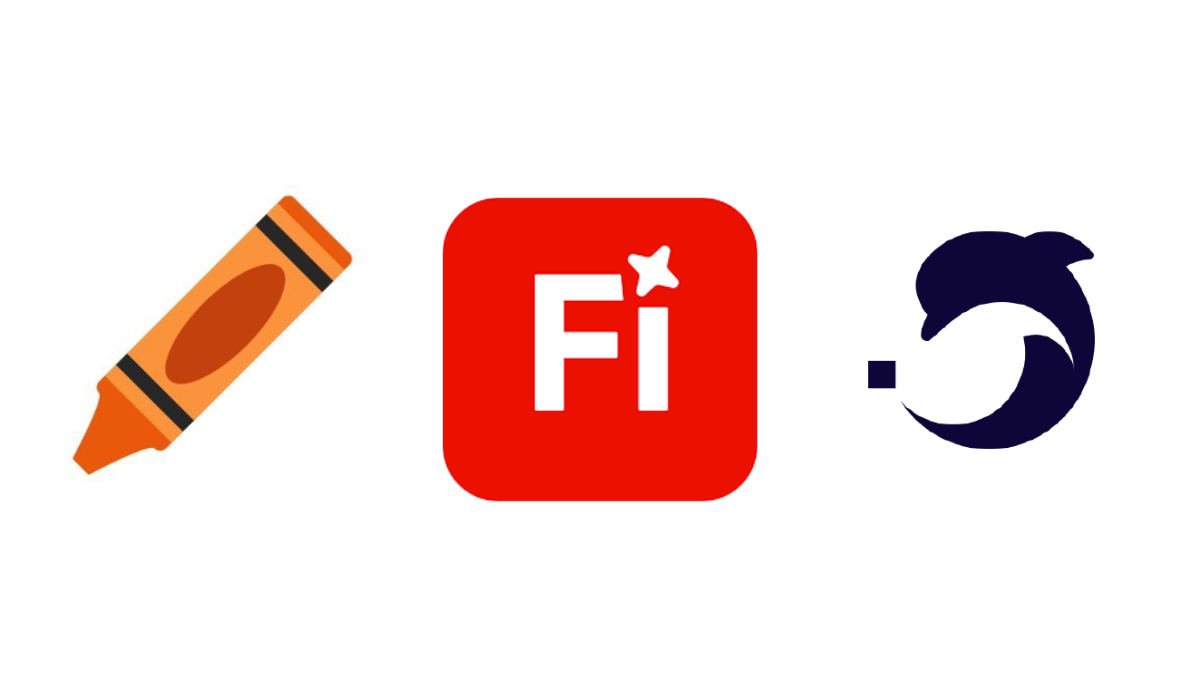
AI Image Generators
Despite their capabilities, every AI image generator occasionally produces flawed images. A truly superior generator acknowledges these quirks and enhances its design to minimize them. Advanced features such as character consistency and variable camera angles are essential for accurate prompt adherence, showcasing the tool’s sophistication.
Key Elements for Prompt Adherence:
- Interpretation Skill
- Customization Options
- Anomaly Handling
- Feature Set (e.g., Character Consistency, Camera Angles)
As AI image tools evolve, their ability to adhere to prompts with precision remains a defining factor in their success.
Customization and Control: User-Centric Approaches
AI image generators in 2025 allow customization and user-centric control, revolutionizing the creative process. These tools offer extensive options, such as adjusting content type, aspect ratios, and camera controls like lens type and depth of field. This precision empowers users to craft exact images tailored to their creative visions.
Different styles are at users’ fingertips, ranging from 3D and 2D to cinematic and Renaissance. Platforms like Leonardo AI utilize models such as Phoenix to produce photorealistic images. Adobe Firefly further enhances this by allowing adjustments in camera angles and color palettes.
Here’s a quick comparison of features:
Photorealistic images: Leonardo AI – Yes, Adobe Firefly – Yes
Ajustable camera controls: Leonardo AI – No, Adove Firefly – Yes
Color palette selections: Leonardo AI – No, Adobe Firefly – Yes
Generative AI tools also come equipped with prompt builders, enabling seamless experimentation across styles, ensuring accessibility for users with varying experience levels. This flexibility is crucial for those aiming to create both individual and detailed images.
In 2025, AI image generators continue to push boundaries, offering customizable and user-driven experiences that cater to diverse creative demands.
Exploring Alternatives: Beyond Stable Diffusion
In the fast-paced world of AI image generation, a number of alternatives to Stable Diffusion are catching the spotlight with their distinct features and benefits. One standout option is Ideogram, which provides a limited free plan alongside a paid plan starting at just $8 a month. It’s been praised for its exceptional performance compared to other AI generators.
For those looking for free alternatives, Leonardo AI and Canva stand out with rapid response times and effective prompt adherence, making them practical choices for creatives.
Beyond traditional two-dimensional image generation, companies like Stability AI are advancing towards immersive content with projects such as Stable Video 3D. This indicates a future where three-dimensional AI image generation will become increasingly mainstream.
Here’s a quick comparison of some top alternatives:
AI Tool Ideogram: Features – Great performance; limited free plan, Price From $8/month
AI Tool Leonardo AI: Features – fast response times, Price Free
AI Tool Canva: Features -effective prompt, Price Free
AI Tool Stable Video 3D: Features – 3D image generation, Price New development
Exploring these alternatives provides users with diverse options tailored to different needs, from affordability to innovative content creation.
Seamless Integration with Graphic Design Tools
In 2025, AI image generators are revolutionizing the graphic design landscape, with seamless integration into widely-used design platforms. Both Canva and Adobe Firefly lead the way by embedding AI-generated images within their creative suites, notably enhancing user experience. Canva, leveraging Leonardo.Ai’s Phoenix technology, empowers users to effortlessly incorporate generated images into design projects via its Dream Lab. This ease of integration allows designers to elevate their work with photorealistic images and detailed visuals without stepping out of their workflow.
Adobe Firefly offers a similar user-friendly interface, blending AI capabilities within apps like Photoshop. This synergy not only streamlines the creative process but also enables the creation of high-quality, realistic images efficiently.
Many AI art platforms provide additional opportunities for exploration, such as FLUX.1, which offers free credits for trial purposes. This allows users to evaluate how these generators can integrate with other image tools at no cost.
In summary, the integration of AI-generated images into graphic design platforms is enhancing functionality and user experience, marking 2025 as a pivotal year for innovation in the realm of image generation and design.
Navigating Ethical Considerations in AI Art
The rise of AI image generators, like Adobe Firefly and Stable Diffusion, has raised significant ethical concerns due to their reliance on internet-sourced artworks. Often, these AI tools repurpose existing artworks without crediting the original artists, leading to debates over intellectual property rights. The U.S. Copyright Office has yet to clarify the legal protection status for AI-generated images, creating uncertainty for creators and users alike.
As AI-generated images become more prevalent in fields ranging from advertising to entertainment, like the iconic styles of Studio Ghibli, the debate over their ethical use intensifies. These AI image tools train on massive databases, which often include unlicensed or copyrighted images, raising further ethical questions about their impact on the creative industry.
Key Ethical Considerations:
Artist Credit: How do we ensure artists receive credit?
Copyright Status: Should AI-generated art be protected under copyright law?
Data Sourcing: Are training datasets respecting copyright laws?
Addressing these concerns requires balancing innovation with respect for original creators, ensuring that AI-powered image creation tools are used responsibly in the future.
Understanding Legal Implications of AI-Generated Content
As AI image generators continue to reshape digital artistry, understanding the legal implications becomes crucial. The U.S. Copyright Office has clarified that AI-generated content does not qualify for copyright protection unless significant human creativity is involved. This underscores a pivotal issue: the lack of regulations that safeguard artists whose works have been used without consent to train AI models.
Legal interpretations are currently emphasizing the necessity of human input for AI-generated images to be protected. This presents a challenge for artists and users alike. Furthermore, there is a growing recommendation for transparency, urging individuals to disclose when an image is fully AI-generated upon sharing. This not only fosters honesty but also informs users about the image’s origins.
Key Ethical Concerns:
Training Data: AI models are often trained on billions of internet images, frequently lacking credit to original creators.
Artist Rights: Current regulations fail to protect artists’ works used without consent.
Disclosure: Recommendations suggest users disclose AI-generated status of images.
These developments point to the urgent need for evolving legal frameworks that balance technological advancements with respect for individual creativity and effort.
Insights from Industry Leaders: Expert Opinions
In the rapidly advancing field of AI image generators, insights from industry leaders provide valuable guidance. Adobe Firefly is lauded for its innovative features, such as camera angle capabilities, while offering users 100 monthly generative credits, making it a top choice for high-quality image creation. Midjourney is another standout tool, known for delivering high-resolution images, albeit with longer loading times that some users find challenging.
For beginners, Canva’s user-friendly design makes it an ideal entry point into AI-generated art. It bridges the gap between complex technologies and accessible creativity. Similarly, Leonardo AI is celebrated for its generous free plan, providing extensive AI imagery options without financial burdens, making it an appealing choice for novices and hobbyists.
In the business realm, Generative AI by Getty Images harnesses a vast creative library to ensure that all images are commercially safe, emphasizing its utility in professional settings. This commitment to commercial safety underscores the importance of ethical implications in AI-generated content.
These varied tools showcase the spectrum of customization options and user experiences available in AI image generation, shaping the landscape of digital creativity for years to come.
Forecasting the Future of AI Image Generators
By 2025, advanced AI image tools like Adobe Firefly, Midjourney, Dreamstudio, and Leonardo.AI will be at the forefront of transforming digital art and media, aiming to produce photorealistic images effortlessly. Innovations led by Stability AI with their groundbreaking Stable Video 3D technology will enable the creation of 3D objects from single images, marking a significant leap from traditional 2D renditions.

Midjourney
As image AI generators evolve, companies like Google and OpenAI are spearheading the development of text-to-image video generation, pushing boundaries by creating dynamic visual content. This innovation promises a seamless user experience, emphasizing customization options for highly detailed and realistic images.
To ensure ethical use, the focus will heavily lean on preventing technology misuse, such as deepfakes, thus fostering responsible AI development. Concerns over intellectual property are relevant, and collaborations with platforms like Adobe Stock and Getty Images will ensure access to public domain content and respect for existing copyrights.
In the following table, AI image generator developments and key players:
Key Developments & Leading Players
- 3d Object Generation – Stability AI
- Text-to-Image Video Generation – OpenAI, Google
- Ethical and Responsible AI Use – Adobe, Stability AI
Conclusion: Navigating the AI Image Revolution
As we move closer to 2025, AI image generators such as Adobe Firefly, Midjourney, and Dreamstudio are shaking up the way we produce and interact with visual content. Their innovative features make it easy to incorporate AI-generated images into social media and various platforms, raising the bar for users trying to differentiate between human and machine-made creations.
Businesses are increasingly adopting these tools to drive innovation and streamline their processes, utilizing AI-powered solutions to create images from text prompts. Options like Leonardo AI offer a user-friendly entry with free plans, while Adobe Firefly provides more advanced features for seasoned users.
The transition from DALL-E 2 to DALL-E 3, and now the GPT-4o image model, showcases the rapid strides being made in generating lifelike and high-quality images. These developments highlight the significant influence of AI on the world of image creation.
While the possibilities are exciting, this technology also raises ethical questions, such as concerns about copyright and the effects of AI on creative industries. As we journey through this AI image revolution, it’s vital to balance innovation with ethical responsibility, ensuring that these advancements benefit both creators and consumers.

 AI News4 months ago
AI News4 months agoTurn Photos into Videos Using Google Gemini AI

 AI News4 months ago
AI News4 months agoApple New AI Model Can Detect Pregnancy With 92 percent

 AI Tools4 months ago
AI Tools4 months agoIs This Simple Note-Taking App the Future of AI?

 AI News3 months ago
AI News3 months agoOpenAI has now restored the services after outage

 AI News4 months ago
AI News4 months agoGoogle bringing ads to AI Overviews in India

 AI News4 months ago
AI News4 months agoGoogle hires Windsurf execs in $2.4 billion deal

 AI News3 months ago
AI News3 months agoGoogle Extends Its Free AI Pro Plan with Gemini 2.5 Pro

 AI News3 months ago
AI News3 months agoGoogle Expands Firebase Studio with AI Tools for Popular Frameworks





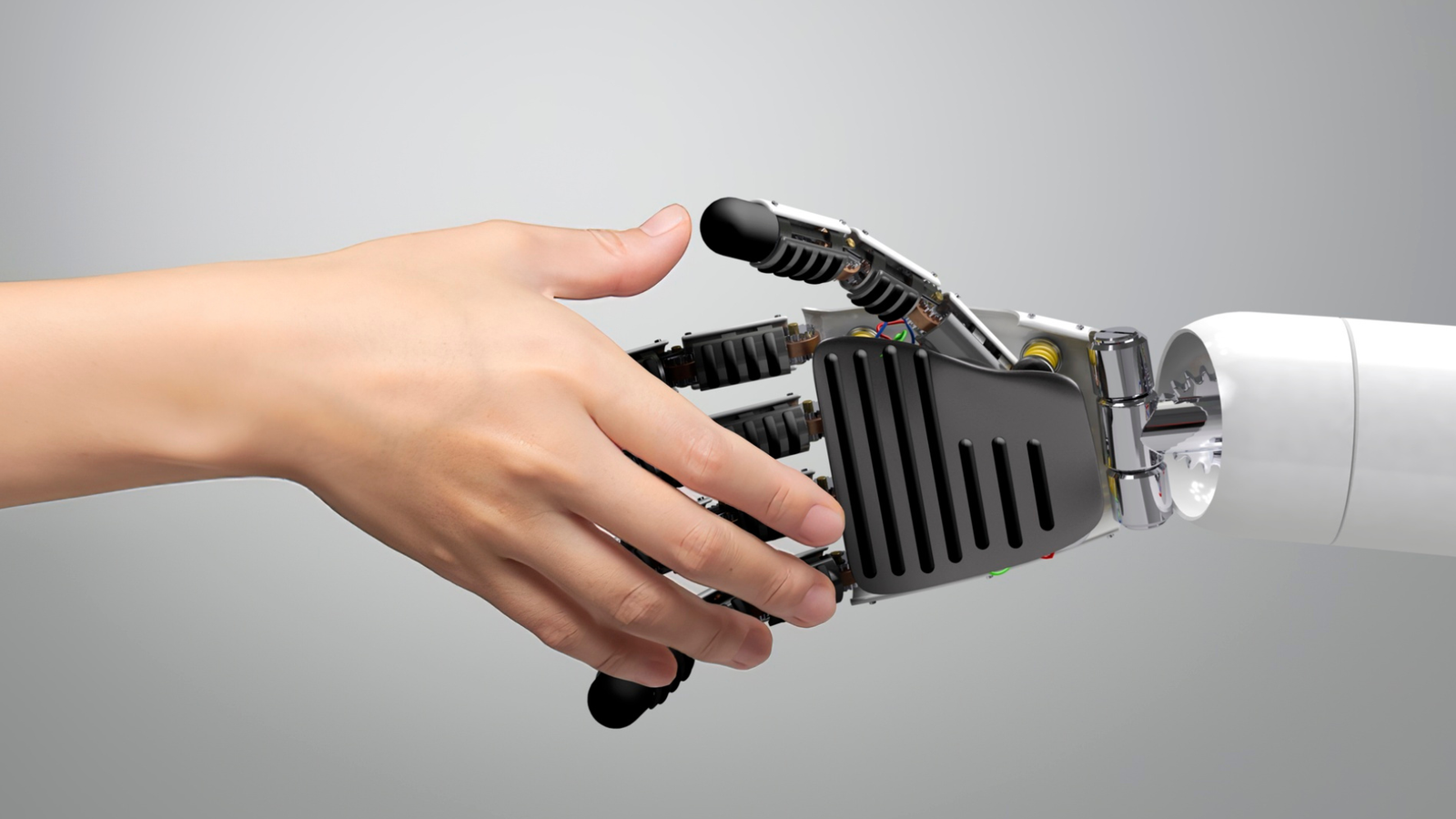
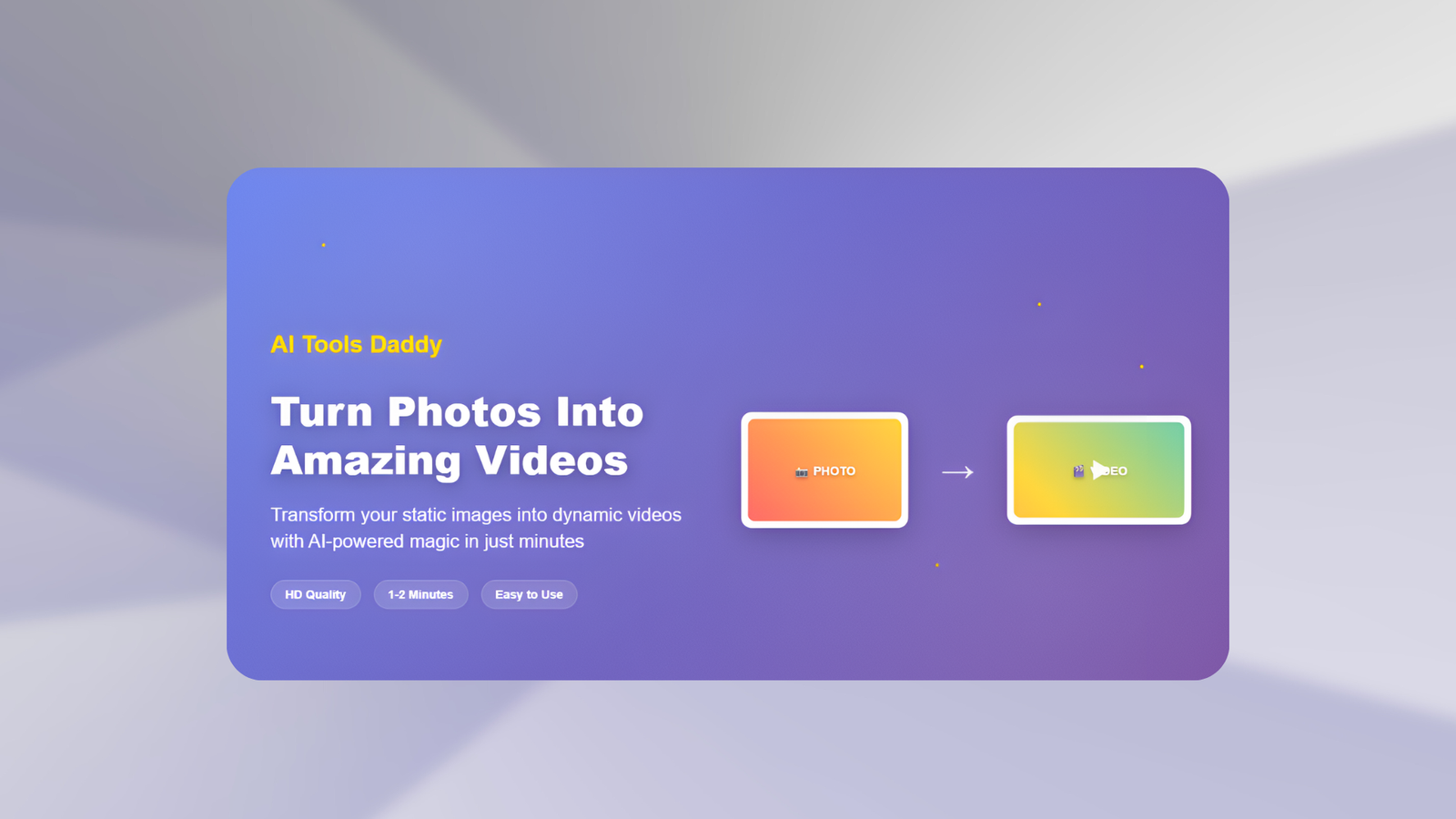
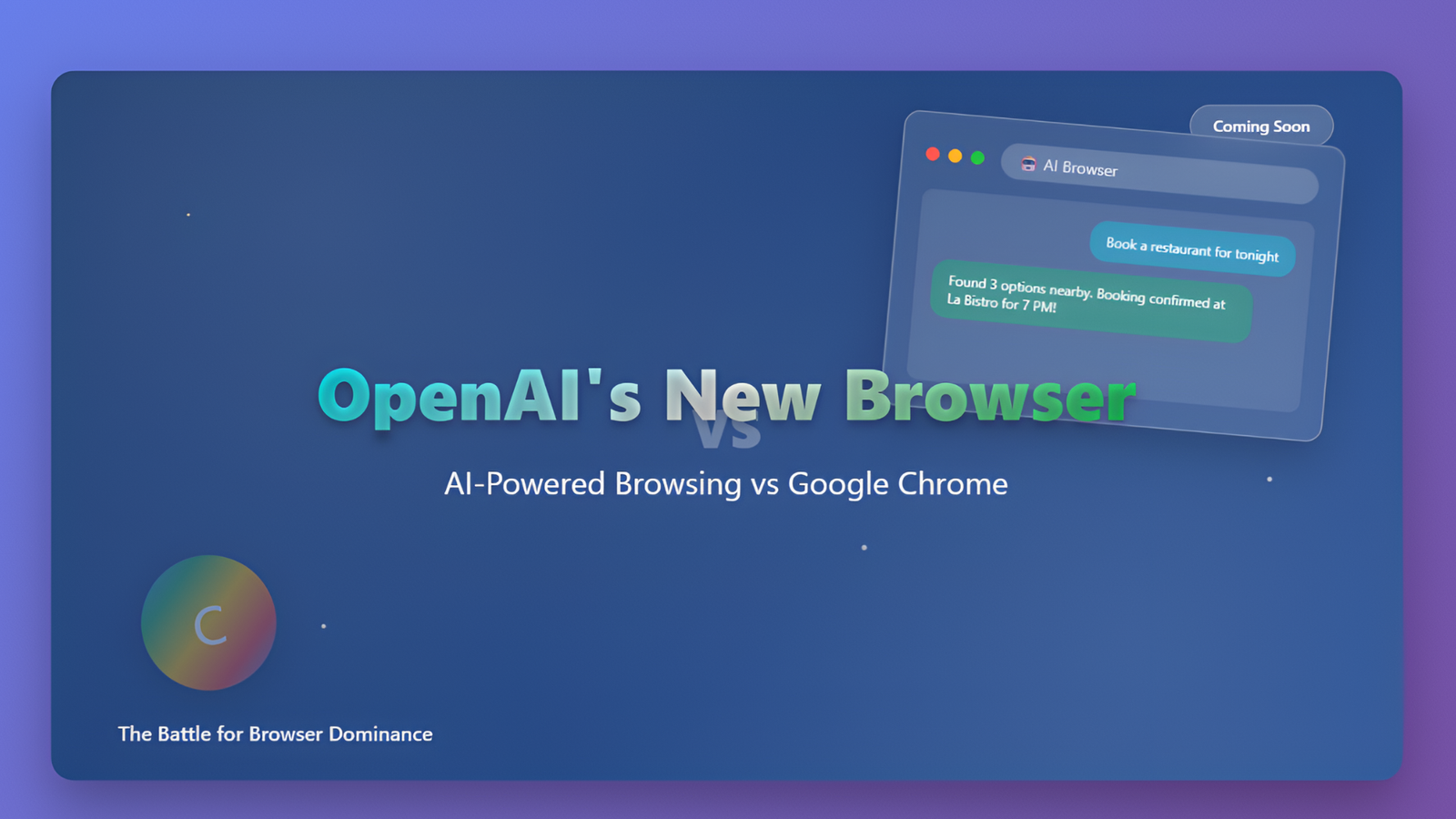
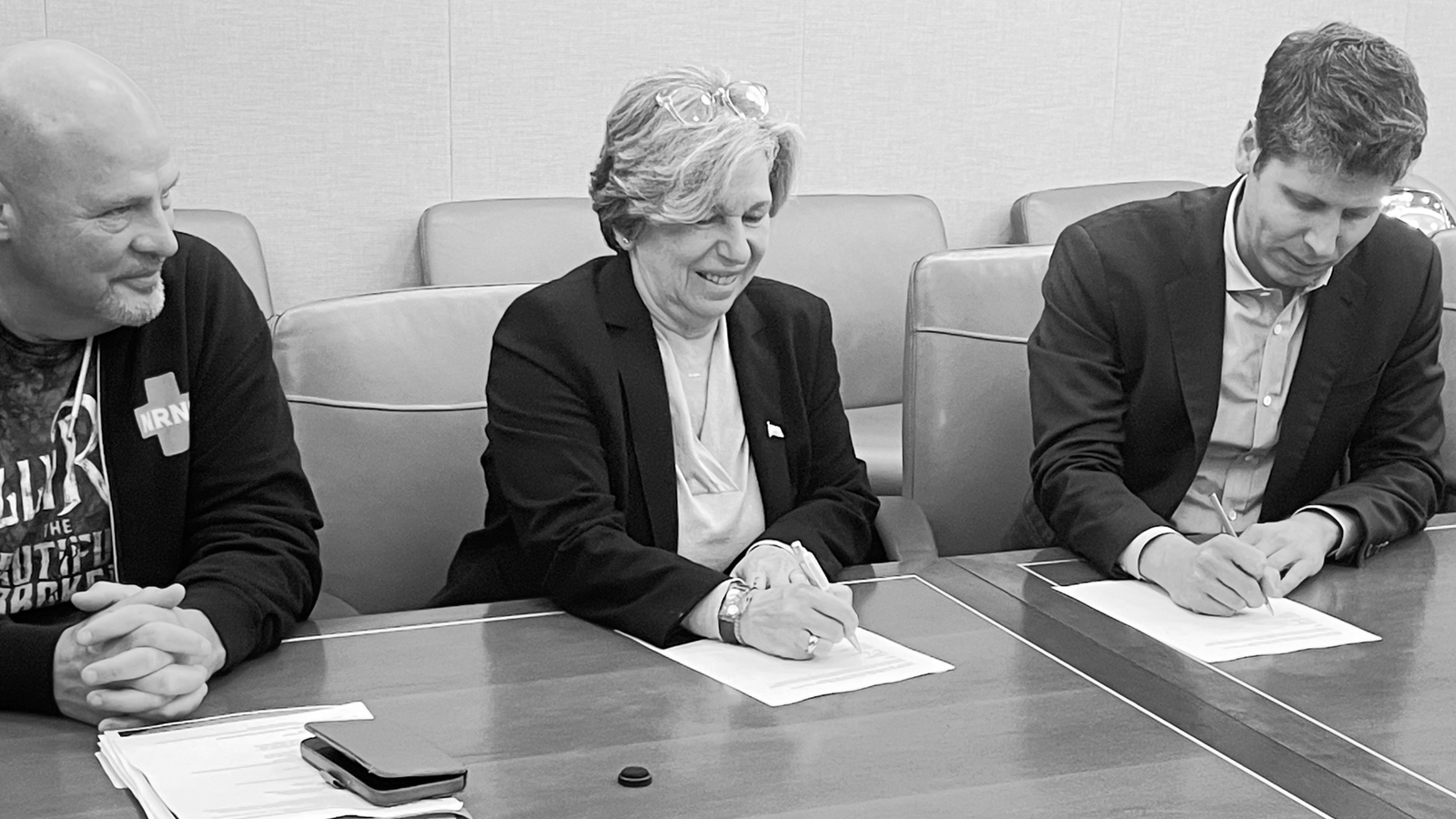


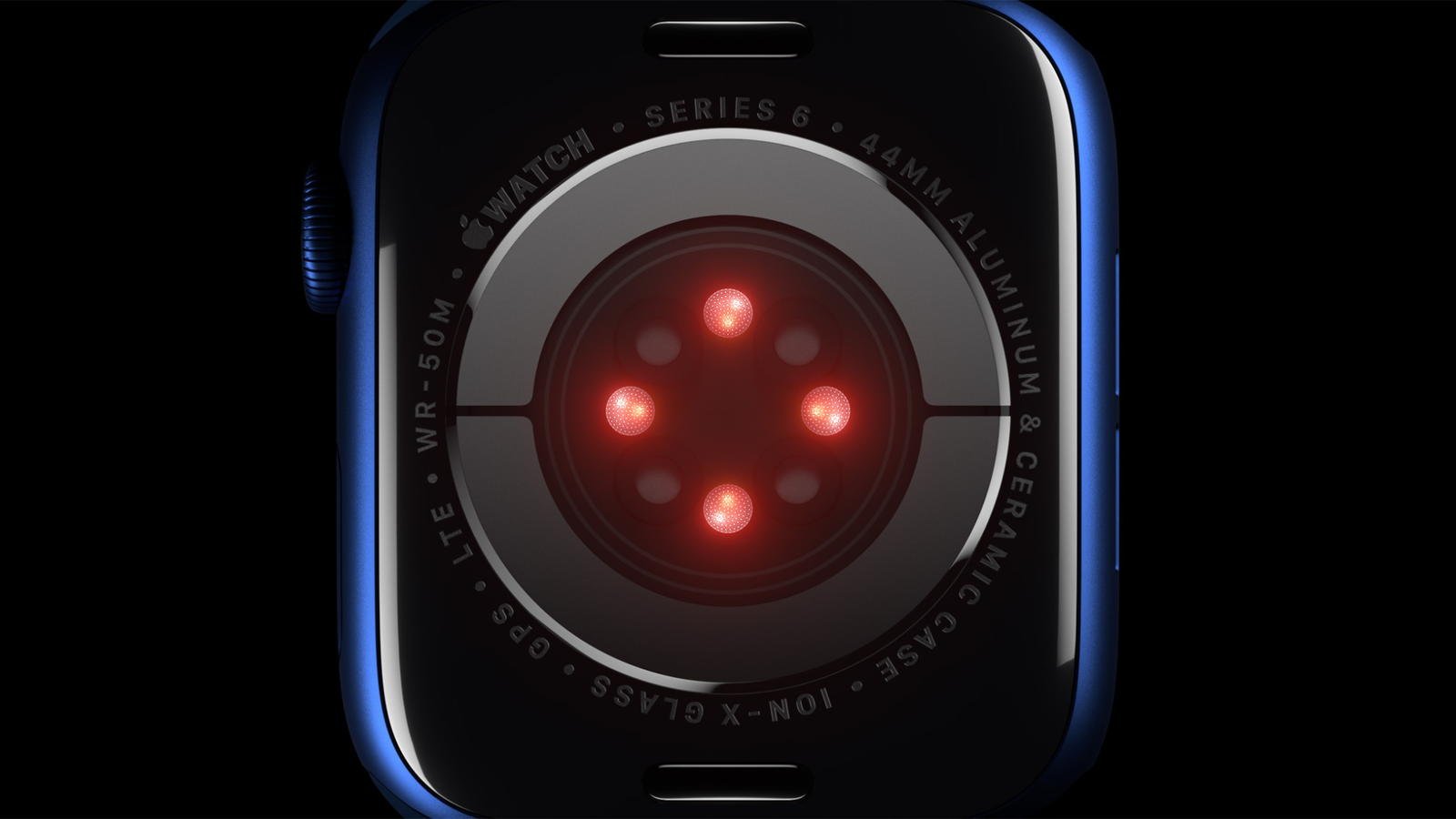
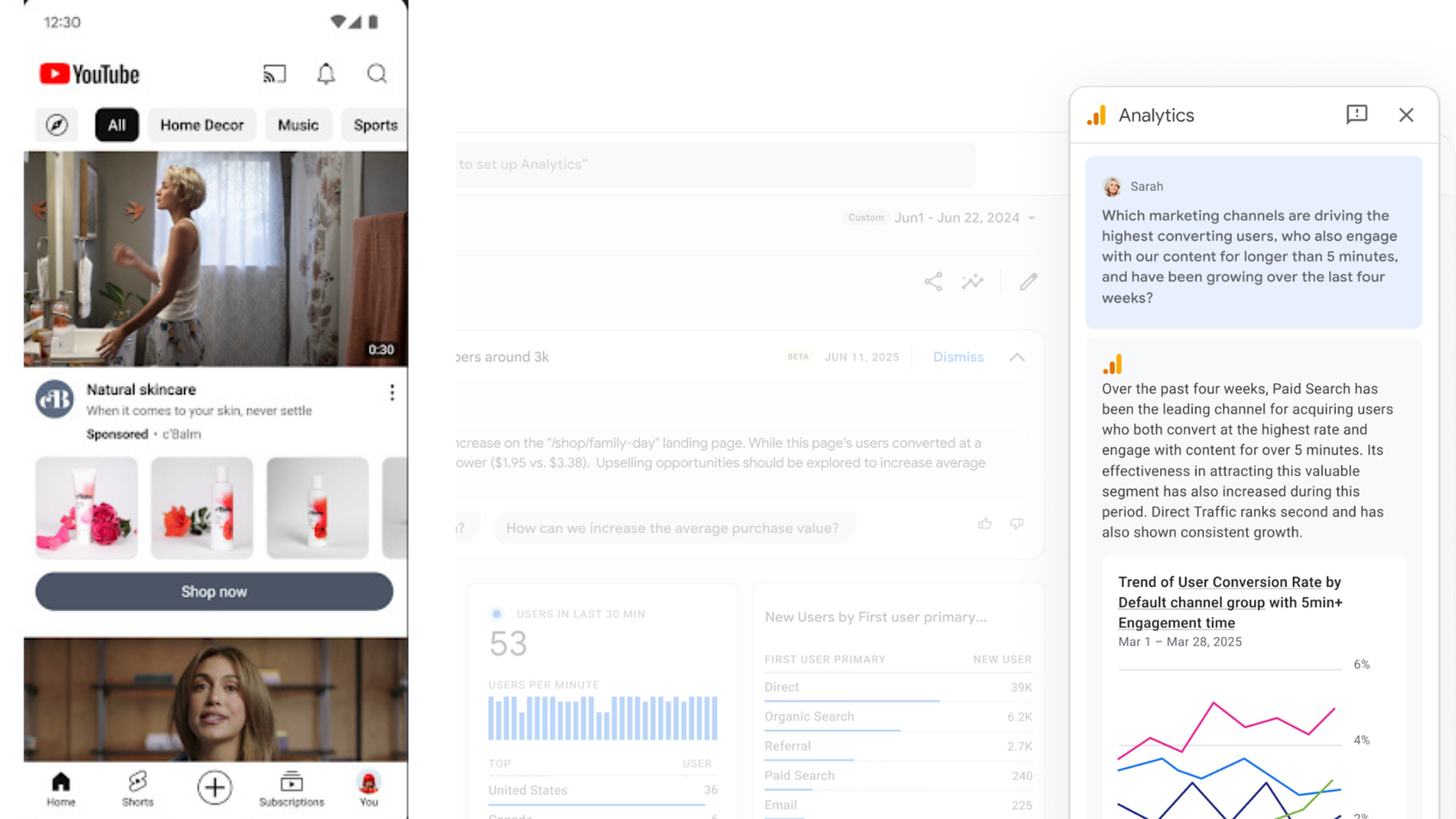
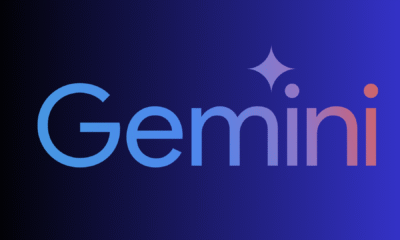

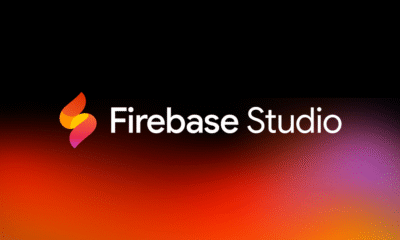
Pingback: What Sets Galileo AI Apart? Unique Features and Competitive Pricing - AI Tools Daddy
Pingback: Canva AI Hidden Features: Your Complete Guide - AI Tools Daddy